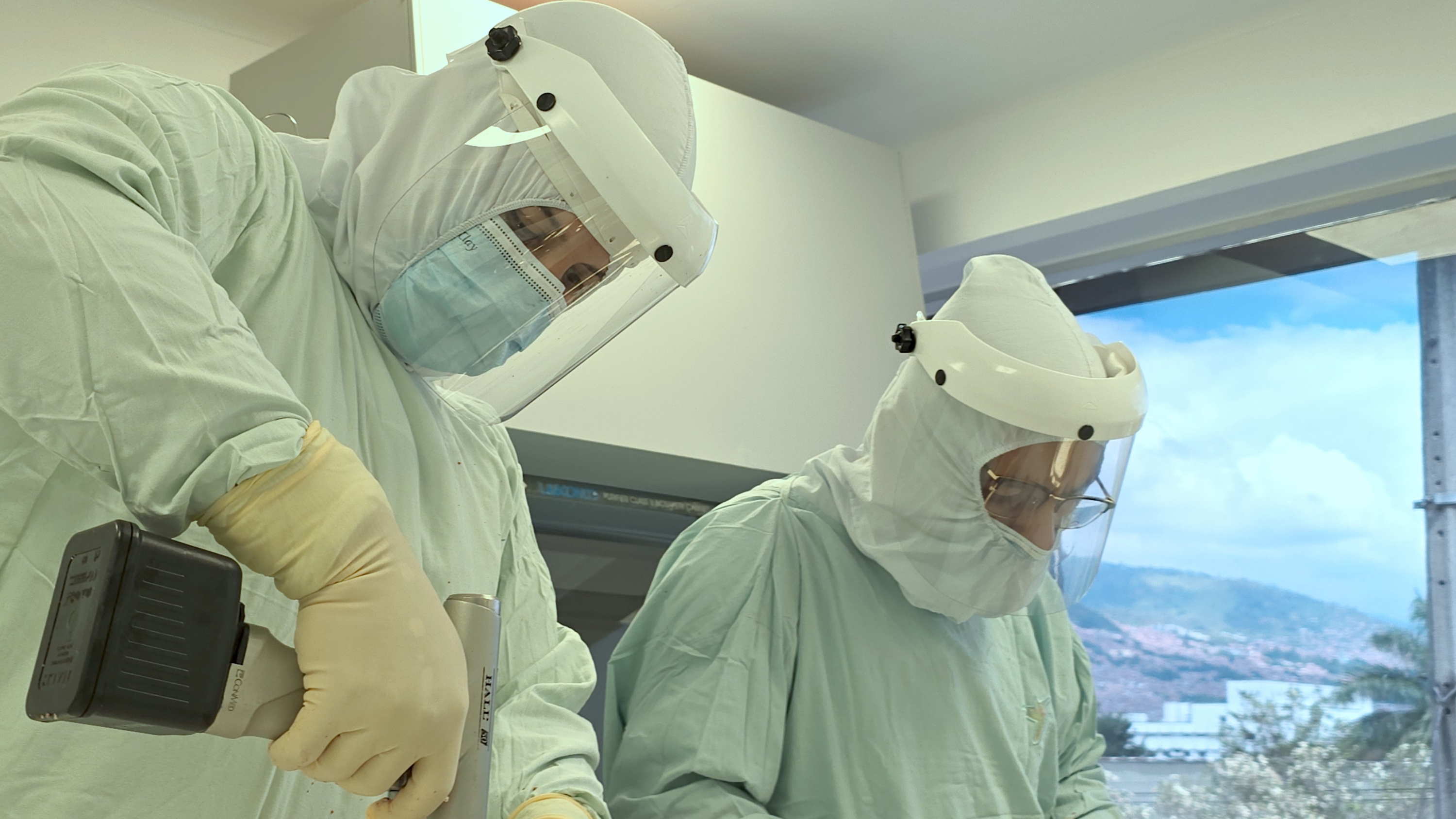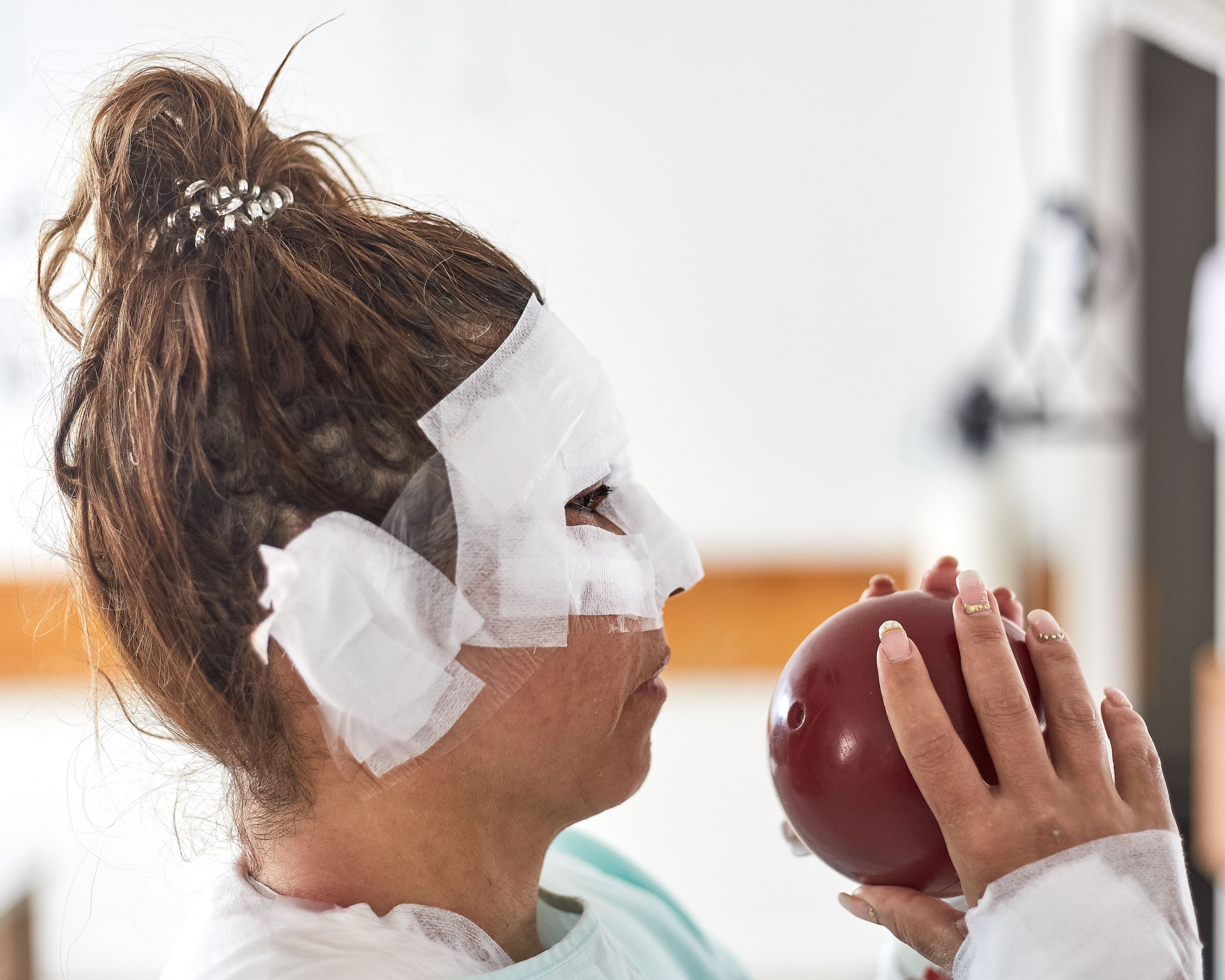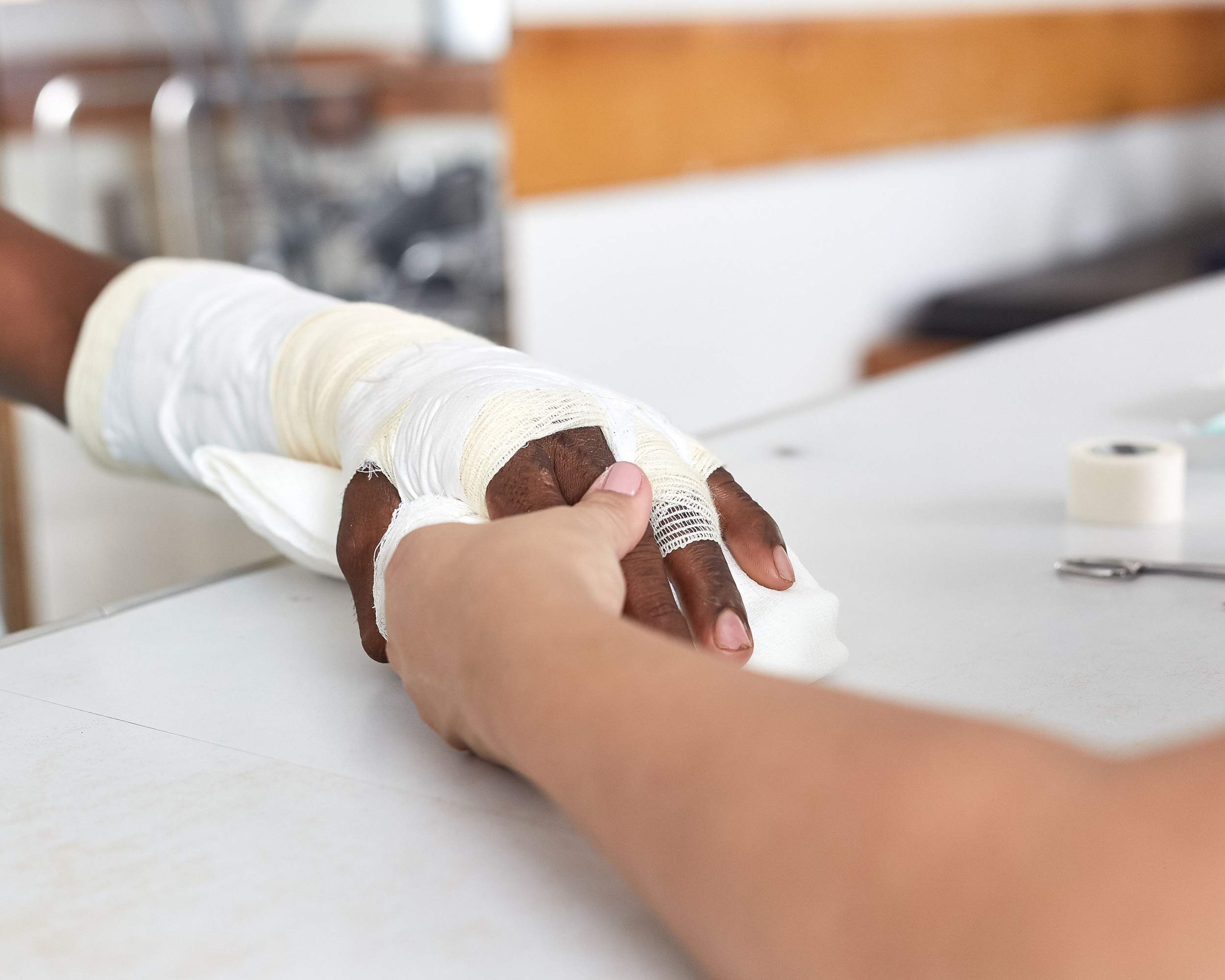How does a tissue bank work? Up to 80 people can regain their health and well-being thanks to a single donor.

In an operating room at the San Vicente Foundation Hospital in Medellín, lives can be quietly transformed thanks to a compassionate decision. A single tissue donor can benefit between 30 and 80 patients, providing a second chance to those facing severe burns, vision loss, or bone injuries that threaten their mobility. This is how the institution commemorates this on World Organ and Tissue Donation Day, which is commemorated on October 14.
The World Health Organization (WHO) recognizes the transplantation of human organs, tissues, or cells as a well-established treatment, and in many cases, as the only alternative to save or improve lives in the face of serious, congenital, or acquired diseases. However, there is still a great deal of ignorance about tissue donation, a practice that does not always mean immediate life-saving, but can radically transform the quality of life of those who receive those tissues.

Doctors at the San Vicente Foundation Hospital invite you to debunk myths about donation. Photo: San Vicente Foundation Hospital
“Tissue donation not only improves health, it also restores mobility, vision, and quality of life. It's an opportunity to transcend one's own existence, to leave a legacy that multiplies in hope and well-being,” explains Dr. Carlos Pérez Urrego, technical and scientific director of the Tissue Bank at the San Vicente Hospital Foundation in Medellín.
Fabrics that change the future of hundreds of patients Corneas, sclera, skin, bones, cartilage, tendons, heart valves, blood vessels, and amniotic membrane are some of the tissues that can be transplanted and have allowed hundreds of patients to recover essential functions.
The impact of this practice is reflected in specific stories: patients with severe burns who survive thanks to donated skin; children with cancer who retain a limb thanks to a bone replacement that avoids amputation; people who regain sight after a corneal transplant—with a success rate close to 80%—or patients with heart failure who regain vital functions through valve replacement.
"A single donor can benefit between 30 and 80 patients, depending on the process carried out within the Hospital's Tissue Bank," says Pérez Urrego. This bank, considered the main tissue generator in Regional 2, which encompasses several departments across the country, operates under rigorous quality protocols that guarantee the safety of each transplant.

Tissue donation remains a little-known but essential practice. Photo: San Vicente Foundation Hospital
The San Vicente Foundation Hospital Tissue Bank uses advanced technology to preserve tissues in optimal conditions. Musculoskeletal tissue, for example, is preserved at -80°C using ultra-freezing, allowing it to remain in perfect condition for up to five years. Skin, meanwhile, is stored between 2°C and 8°C and can be preserved for up to two years, a vital tool for the treatment of severe burns.
Each process includes laboratory tests to rule out infectious diseases, microbiological analysis, and a thorough evaluation of the donor and their medical history. Furthermore, specialists clarify that the donor's body retains its physical appearance thanks to the reconstruction performed by the medical team, thus debunking one of the most common myths surrounding donation.
Founded in 2007, the San Vicente Foundation Hospital Tissue Bank was the first multipurpose tissue bank in the country, integrating skin and musculoskeletal care. Its operation within a highly complex hospital allows surgical teams to have timely tissue availability at the most critical moments.
This capability reduces surgical times, avoids rescheduling, optimizes healthcare system resources, and accelerates patient recovery. In 2024 alone, the bank donated nearly 1,300 musculoskeletal tissues, including more than 12,000 grams of ground bone, and distributed approximately 50,000 square centimeters of skin, benefiting 29 people with severe burns.
“Cases like those of children who regain mobility thanks to a bone transplant are the clearest proof of the real impact of tissue donation. It's not just a medical procedure, but rather a way of restoring movement, vision, and quality of life to those who need it,” adds Dr. Pérez Urrego.

A single tissue donor can benefit between 30 and 80 people. Photo: San Vicente Hospital Foundation Medellín
Ahead of World Organ and Tissue Donation Day, the San Vicente Foundation Hospital in Medellín is calling on the public to educate themselves, debunk myths, and recognize tissue donation as an act of generosity that transforms the lives of dozens of people.
Every decision to donate—the institution reminds us—is reflected in patients recovering their health, functionality, and well-being. And, beyond the numbers or medical procedures, each donation is a commitment to life, a lasting mark on those who receive the silent gift of solidarity.
Environment and Health Journalist
eltiempo

%3Aformat(jpg)%3Aquality(99)%3Awatermark(f.elconfidencial.com%2Ffile%2Fbae%2Feea%2Ffde%2Fbaeeeafde1b3229287b0c008f7602058.png%2C0%2C275%2C1)%2Ff.elconfidencial.com%2Foriginal%2F53b%2F93a%2Fc9f%2F53b93ac9f070e87dcca0ece8b00d2161.jpg&w=1280&q=100)
%3Aformat(jpg)%3Aquality(99)%3Awatermark(f.elconfidencial.com%2Ffile%2Fa73%2Ff85%2Fd17%2Fa73f85d17f0b2300eddff0d114d4ab10.png%2C0%2C275%2C1)%2Ff.elconfidencial.com%2Foriginal%2Fa58%2F00b%2F79d%2Fa5800b79d7f358d8473d95372cf7e45c.jpg&w=1280&q=100)
%3Aformat(png)%3Aquality(99)%3Awatermark(f.elconfidencial.com%2Ffile%2Fa73%2Ff85%2Fd17%2Fa73f85d17f0b2300eddff0d114d4ab10.png%2C0%2C275%2C1)%2Ff.elconfidencial.com%2Foriginal%2F513%2F4c7%2F49b%2F5134c749b79b9fa93a00a1c5e333053b.png&w=1280&q=100)
%3Aformat(jpg)%3Aquality(99)%3Awatermark(f.elconfidencial.com%2Ffile%2Fa73%2Ff85%2Fd17%2Fa73f85d17f0b2300eddff0d114d4ab10.png%2C0%2C275%2C1)%2Ff.elconfidencial.com%2Foriginal%2Fd56%2F668%2F8a8%2Fd566688a85aa51cbc3dcd67dd9b8ee40.jpg&w=1280&q=100)
%3Aformat(jpg)%3Aquality(99)%3Awatermark(f.elconfidencial.com%2Ffile%2Fbae%2Feea%2Ffde%2Fbaeeeafde1b3229287b0c008f7602058.png%2C0%2C275%2C1)%2Ff.elconfidencial.com%2Foriginal%2F968%2F1f7%2F0ff%2F9681f70ff1ec9d4acdaf58ae5d7c7092.jpg&w=1280&q=100)